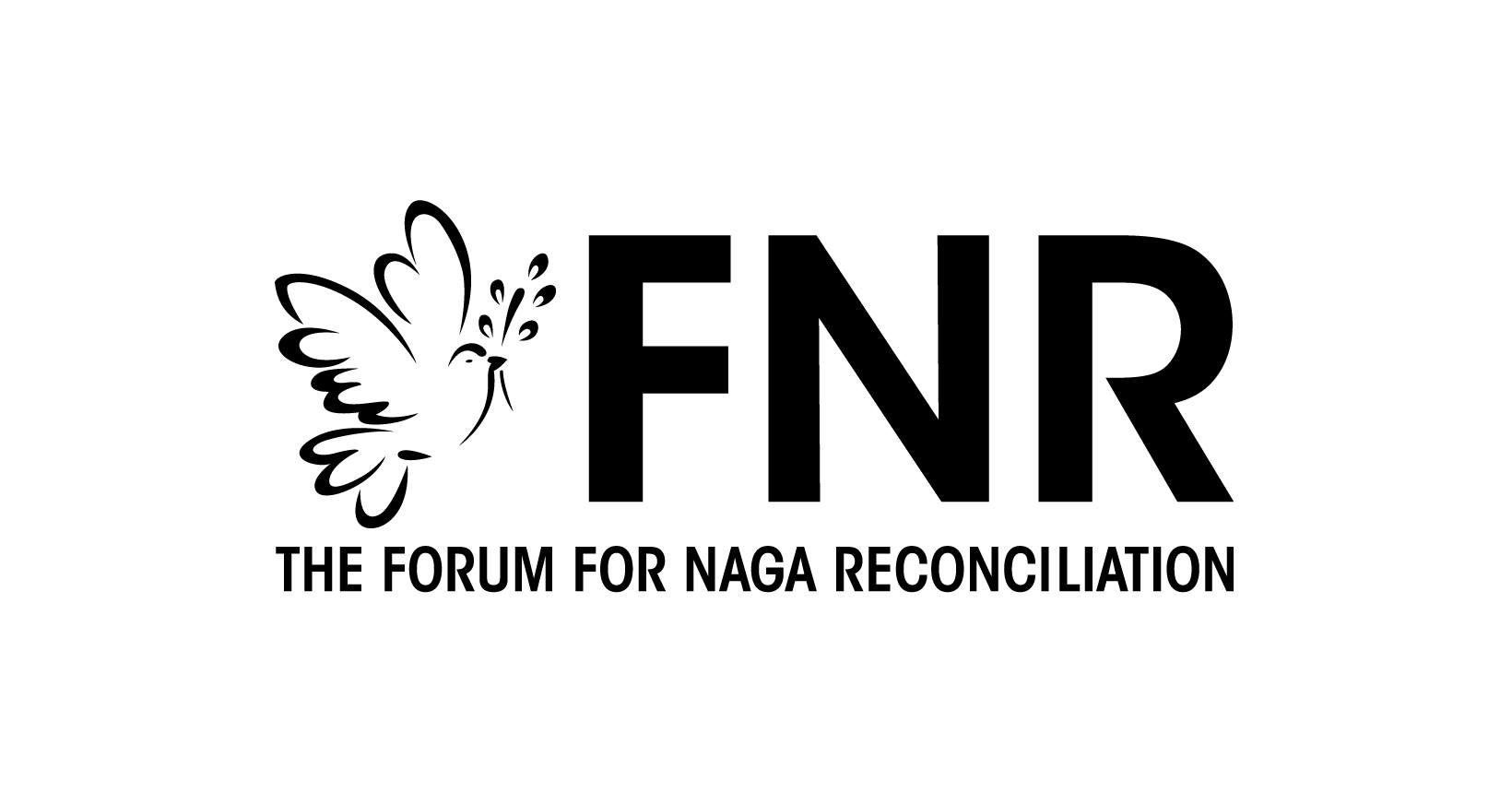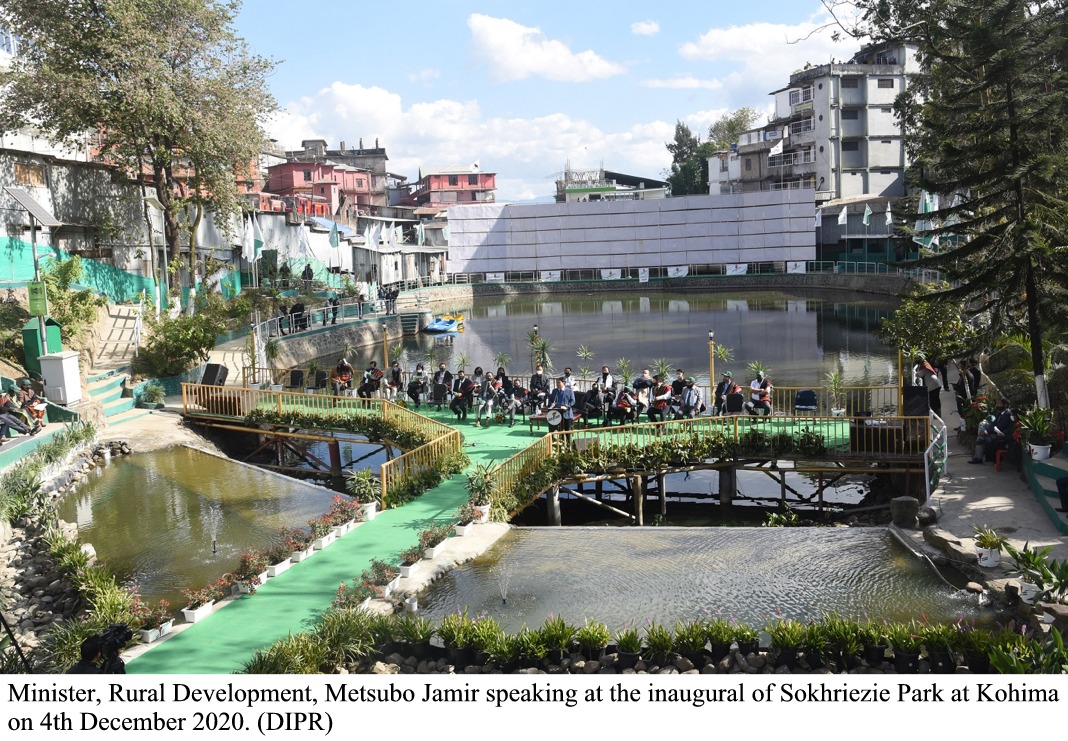Nagas are united in our historical and political rights even if our opinions and approaches are divided. We Nagas are learning to use our differences, to heal and to build understanding and cooperation. And it will be beneficial for all, including the Government of India and our neighbours, to encourage and support a reconciled and healed Naga people
 KRC TIMES Desk
KRC TIMES Desk

Naga Reconciliation: A Journey of Common Hope stands on Naga historical and political rights. Throughout the Forum for Naga Reconciliation (FNR) process, the Naga historical and political rights provided the common ground upon which Naga leaders entered into a relationship of forgiveness, trust, respect and reconciliation.
FNR’s focus is on reconciliation and peacebuilding using nonviolent approaches and dialogue. From 2008 to 2014, over 300 meetings were held with Naga political groups, Church, Tribe and Civil Society organizations and the public. The meetings were designed to address differences by nurturing a consciousness for honest discussions, trust building and to kindle healing and reconciliation through forgiveness and mutual respect. It also identified difficulties, challenges and opportunities for Naga Reconciliation.
In the course of identifying reasons and circumstances for disunity, the ‘16 Point Agreement’ of 1960 and ‘Shillong Accord’ of 1975 with the Government of India and formation of ‘Revolutionary Government of Nagaland’ in 1968 were seen as historical events that decisively fragmented the Naga political movement and induced situations for division and disunity. While the majority of the Naga people across Naga-Land rejected the agreements signed, the consequences of these events led to bitterness, loss of human life, suspicion, distrust, fragmentation of Naga-Land and division. It also created two narratives: one around Statehood and the other around Naga peoplehood.
So much honest discussion, truth speaking, healing, forgiveness and reconciliation are required around these historical events. But the trauma and wounds are still raw and sensitive, provoking the worst out of each other.
It, therefore, is not surprising that the Indian State and its agencies with guile and statecraft have actively steered the Statehood narrative intensifying division and simultaneously normalising complacency and conformity among the Naga populace. But to what end? A divided Naga house is in nobody’s long term interest.
The failure of the ‘16 Point Agreement’ led the Government of India to sign the ‘Framework Agreement’ with NSCN (IM) in 2015 and the ‘Agreed Position’ with NNPGs in 2017. Yet, the recent public display to idolize the ‘16 Point Agreement’ reveals the true hand behind the gestures of peace. If the intention was to win the hearts of the Nagas, this policy and approach demonstrate lack of acumen and prudence.
Nagas are united in our historical and political rights even if our opinions and approaches are divided. We Nagas are learning to use our differences, to heal and to build understanding and cooperation. And it will be beneficial for all, including the Government of India and our neighbours, to encourage and support a reconciled and healed Naga people.
To meet the transforming needs of our ‘contemporary realities’ both Naga leaders and Government of India need to avoid politicking for short-term gains. FNR urges the need to be political with statesman-like character and diplomatic qualities that are based on sincerity and respect.





